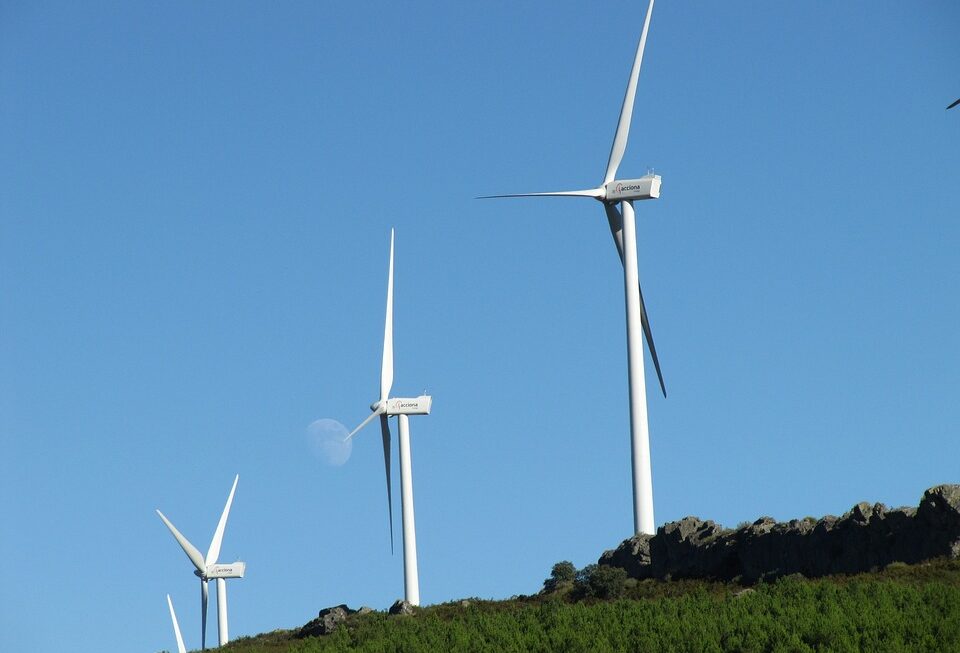[ad_1]
From Tide to Power: The Growing Momentum of Tidal Energy Development
The search for renewable, sustainable sources of energy has become a pressing global concern in recent years, as the effects of climate change become increasingly apparent. As a result, there has been a growing interest in harnessing the power of the oceans through tidal energy development. Tidal energy, or the energy derived from the rise and fall of ocean tides, has the potential to provide a reliable and consistent source of power. In this article, we will explore the current state of tidal energy development, its potential as a renewable energy source, and the challenges and opportunities it presents.
Tidal Energy: An Overview
Tidal energy is a form of renewable energy that is generated by harnessing the energy produced by the gravitational pull of the moon and the sun on the Earth’s tides. This energy can be converted into electricity using a variety of technologies, including tidal stream systems, tidal range systems, and tidal barrage systems. Tidal stream systems involve using underwater turbines to capture the kinetic energy of moving water, while tidal range systems use the natural difference in water levels between high and low tides to generate electricity. Tidal barrage systems, on the other hand, involve constructing a dam across a tidal estuary, with turbines embedded in the structure to capture energy as the tide flows in and out.
The Potential of Tidal Energy
Tidal energy has several advantages over other forms of renewable energy. First and foremost, tidal energy is predictable and reliable, as tides occur with great regularity and can be accurately forecasted. This makes it a more stable source of energy compared to other intermittent renewable energy sources such as wind and solar power. Furthermore, tidal energy has a high energy density, meaning that a small amount of tidal energy infrastructure can produce a large amount of electricity. In addition, the environmental impact of tidal energy is relatively low, as it produces no greenhouse gas emissions and has minimal visual and noise pollution.
The Global Landscape of Tidal Energy Development
Tidal energy development is gaining momentum around the world, with several countries investing in research and development to harness the potential of this renewable energy source. The United Kingdom, in particular, has taken a leading role in tidal energy development, with projects such as the MeyGen tidal energy project in Scotland and the Swansea Bay Tidal Lagoon in Wales. Other countries, such as Canada, China, South Korea, and France, are also investing in tidal energy research and development, with several tidal energy projects in various stages of development.
Challenges and Opportunities
Despite the potential of tidal energy, there are several challenges that must be addressed in order for it to become a mainstream source of energy. One of the main challenges is the high upfront costs of tidal energy infrastructure, which can make it less economically competitive compared to other forms of renewable energy. In addition, the environmental impact of tidal energy projects, particularly tidal barrage systems, must be carefully assessed to minimize disruption to marine ecosystems. Furthermore, the technology for tidal energy harnessing is still relatively new and requires further research and development to improve efficiency and reduce costs.
Despite these challenges, tidal energy presents several opportunities for the future. As the technology for tidal energy continues to mature, costs are expected to decrease, making it more economically competitive with other forms of energy. In addition, the development of tidal energy can create new job opportunities and stimulate local economies in coastal regions. Furthermore, tidal energy has the potential to reduce reliance on fossil fuels and mitigate the effects of climate change by providing a clean and sustainable source of energy.
Frequently Asked Questions
Q: How much energy can tidal power generate?
A: Tidal energy has the potential to generate a significant amount of electricity. According to the International Energy Agency (IEA), tidal energy has the theoretical potential to produce 800 TWh (terawatt-hours) of electricity per year, which is roughly equivalent to 3-4% of the global electricity demand.
Q: What are the environmental impacts of tidal energy?
A: Tidal energy projects, particularly tidal barrage systems, can have environmental impacts on marine ecosystems. These impacts can include changes in water flow, sedimentation, and disruption to fish and marine wildlife. However, the environmental impact of tidal energy is generally considered to be lower than that of other forms of renewable energy, such as hydropower and wind power.
Q: How much does tidal energy cost compared to other forms of renewable energy?
A: Tidal energy infrastructure has high upfront costs, which can make it less economically competitive compared to other forms of renewable energy. However, as technology continues to improve and economies of scale are achieved, the cost of tidal energy is expected to decrease, making it more competitive with traditional energy sources.
Q: Are there any commercial tidal energy projects currently in operation?
A: Yes, there are several commercial tidal energy projects that are currently in operation or in the advanced stages of development. The MeyGen tidal energy project in Scotland, for example, is one of the world’s largest tidal energy projects and is currently producing electricity from its tidal turbine array.
In conclusion, tidal energy development has the potential to provide a reliable, sustainable source of electricity and play a significant role in the global transition to renewable energy. As technology continues to improve and costs decrease, tidal energy has the potential to become a viable alternative to traditional energy sources. With ongoing research and development, tidal energy can help meet the growing energy demand while reducing reliance on fossil fuels and mitigating the effects of climate change.
[ad_2]



